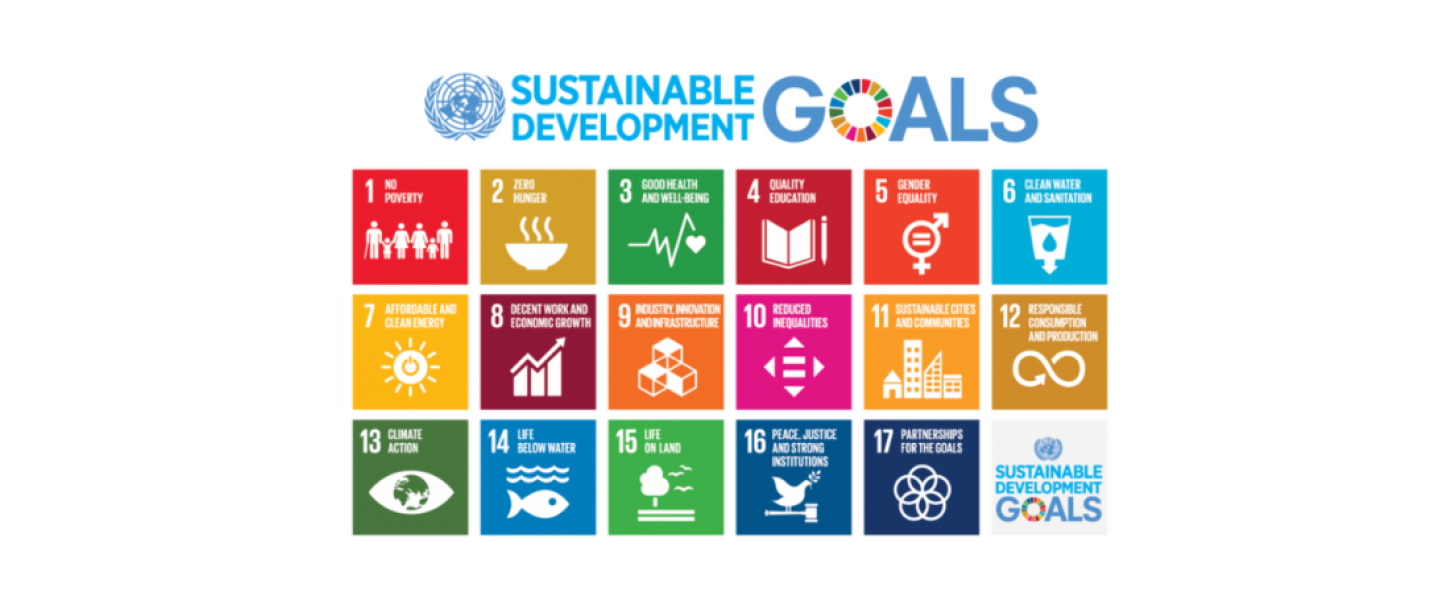What policy choices can help Africa’s energy sector power the continent’s progress toward a sustainable future?
By Philipp Trotter, University of Wuppertal and Smith School of Enterprise and the Environment at the University of Oxford, and Aoife Brophy, Smith School of Enterprise and the Environment and Saïd Business School.
The United Nations’ Sustainable Development Goals (SDG) provide a framework for a world where clean, green energy, along with peace and prosperity, are plentiful; while poverty, hunger and inequality have been made scarce by 2030. However, an estimated $3 trillion investment gap every year separates the dream of 'peace and prosperity for the people and the planet' and the reality for low-income countries.
Access to Affordable and Clean Energy, (SDG Number 7) has the potential to support other sustainable development goals but only with careful national and intentional support.
In Africa, governments and development banks have long put their faith in private investment to fill the investment gap, particularly when it comes to energy. Their hope is understandable. Energy in Africa is a booming business.

In the last ten years, private investment in the energy sector has increased five-fold. In 2015, the total funding raised by all startups in Africa was a fairly modest $55 million. But since then, the growth has been exponential. In 2021, all African startups combined raised $4.4 billion. In the energy sector, the number was $400 million, much of that in the off-grid energy space. The investment trajectory is clear. And with roughly 580 million people lacking access to electricity in sub-Saharan Africa - the untapped market is vast.
The potential to use this as transformational fuel for other areas of development is huge as well. However, it is not a given that private sector investment will automatically translate into low-carbon, green growth; nor that it will support other important goals such as poverty reduction.
For that to happen, those creating policy need to set guidelines, incentives and constraints that encourage business models which support sustainable development.
Over the last five years, we’ve done a deep dive into the off-grid energy sector in six sub-Saharan countries; studying some of the most innovative enterprises. What we’ve learned illuminates three key factors for setting policies to channel Africa’s energy surge in the right direction:
Support added value, not easy access
It’s not about the kilowatts you provide, it’s about how you enable them to be used. Our research shows that simply increasing access to energy does not automatically drive sustainable development. However, when greater access is coupled with integrated goods and services, the value for communities and society starts to change.
For example, many fishing communities lack access to refrigeration. This limits their ability to store/sell their products and to expand to more far-flung markets. But a company selling ice to them, frozen using electricity generated from a solar mini-grid, opens up greater market possibilities, empowering the fishers in new ways.
Or take the important example of farming: Roughly 60% of sub-Saharan Africa’s working population depends on agriculture for their income. Most of them are subsistence farmers without the ability to harvest and process their crops on a larger scale.

Enter a company providing modern machinery and agro-processing services enabled by their mini-grids, and there is great potential for both productivity and income to increase in these communities.
What stood out for us, time and time again, is that the most impactful companies didn’t just sell units of energy, they invested in assets to actively provide energy services, enabling communities to develop and thrive.
These companies are pushing the boundaries of what it means to innovate for sustainable development and what it means to be an energy company. They are creating more value and revenue per unit, than if they were merely selling electricity.
So, when setting policy and providing funding, it would be wise to find ways to measure added value and to remove any barriers that would hamper energy companies operating in this integrated way.
Investment and incentives for businesses to provide both access and energy-enabled services can boost the potential for schools, clinics and industries as whole to thrive, and in doing so, help in achieving other SDGs.
Use the carrot and the stick
It’s not just about the obstacles you remove, it’s about the ones you put in the way. For innovations to make it to the marketplace, startups require financial support at the outset. However, over the longer term, we’ve discovered that the right constraints can be just as important in driving enterprises to support the wider goals of sustainable development.
When we talked to off-grid companies, a striking pattern emerged: Businesses which were heavily subsidised tended to have a shorter-term focus and gave less thought to the broader social impact of their business. Whereas companies that had to navigate additional constraints - for instance, a consumer price cap - were pushed to create long-term and sustainable value in innovative ways.
I don’t think subsidies make sense because if [the sector] is going to rely on subsidies it’s not going to be scalable.
When asked about the future of their sector, one business owner told us: 'market-driven business models are needed. ... I don’t think subsidies make sense because if [the sector] is going to rely on subsidies it’s not going to be scalable…For us, it’s just about becoming more creative in terms of the business model ... because the only setup where you need subsidies is if people say, "we are not going to change our business model".'
In other words, too much of a financial safety net over the longer term can stifle the kind of innovation needed to scale and have social impact. At the same time, putting in place constraints that ensure meeting social and environmental objectives while allowing enough space to innovate, has been critical to guide companies towards more sustainable solutions.
So, policy makers need to create a balanced economic strategy, with short and long-term tracks, and elements of both support and constraint. This will ensure off-grid companies are financially supported through the early periods of experimentation; but eventually are operating in a self-sufficient, scalable way that serves society as a whole.
A tough but critical balancing act, and one which will require agility and creativity to match the businesses they’re encouraging.
Think like a startup
To create innovative policy, take a step back and think about the broader goal. The key here is to learn from what is working so well already in the African energy sector. The essence of all the innovative business models we studied, no matter how different their external conditions, was they were unfettered by the standard thinking of ‘what an energy provider does,’ and they were constantly finding ways to create and capture value at every level.

As a result, they built their value propositions with community needs in mind, local businesses thrived, and the surrounding community felt the benefit through greater access to affordable and clean energy. These businesses are creating their own virtuous circle.
This approach should inspire African and international policy makers to drive energy-enabled sustainable development. It could involve bringing people together from different disciplines and departments, measuring important factors with broader and alternative metrics, and shifting the focus from fixing macro systems to creating thriving local ecosystems.
Conclusion
There is a tremendous opportunity in supporting the nascent sustainable energy sector to add value across the whole of society. Engaging with this opportunity requires new ways of thinking and creative policy mixes.
The opportunity is not just about lighting up one village, district or country. It is about sustainable development and decreasing poverty. It is about access to education and training, greater resources for healthcare, and empowering women through their involvement in businesses and communities.
It is possible to channel the power and potential of Africa’s energy boom towards progress on the Sustainable Development Goals for the continent.

Background
This article is based on the research paper Policy mixes for business model innovation: The case of off-grid energy for sustainable development in sub-Saharan Africa by
- Philipp Trotter, Assistant Professor in Sustainability Management at the University of Wuppertal and an Honorary Research Associate at the Smith School of Enterprise and the Environment at the University of Oxford
- Aoife Brophy, Departmental Research Lecturer in Innovation and Enterprise. Aoife holds a joint appointment between the Smith School of Enterprise and the Environment and Saïd Business School at the University of Oxford.
It was based on research in Ghana, Nigeria, Sierra Leone, Tanzania, Uganda and Zambia, and involved extensive interviews with 33 energy companies, with 15 off-grid sector experts and analysis of policy and regulatory documents from African governments and donors.




